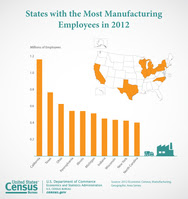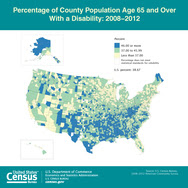Super Bowl XLIX will be played Feb. 1 at University of Phoenix Stadium in Glendale, Ariz. This will be the second time the NFL’s championship game will be held in Glendale and the third time in the Phoenix metropolitan area. To commemorate this event, the Census Bureau has compiled a collection of facts examining the demographics of the host metropolitan area, as well as the metro areas represented by the two participants — the New England Patriots and the Seattle Seahawks.
Go to <http://quickfacts.census.gov> for more statistics about the cities involved. Unless otherwise noted, all comparisons are statistically significant at the 0.10 level.
New England (Patriots)
10th
Where Boston ranked on the list of the nation’s most populous metropolitan areas. The estimated population of the Boston-Cambridge-Newton, Mass.-N.H., metro area on July 1, 2013, was 4,684,299. The Boston metro area gained 42,204 people from July 1, 2012, to July 1, 2013. At the time of the Patriots’ first season in 1960, the 1960 Census population for the city of Boston was 697,197. Source: Census Population Estimates and Decennial Census <http://factfinder.census.gov/
44.8%
Percentage of Boston metro area residents 25 and older who had a bachelor’s degree or higher in 2013





